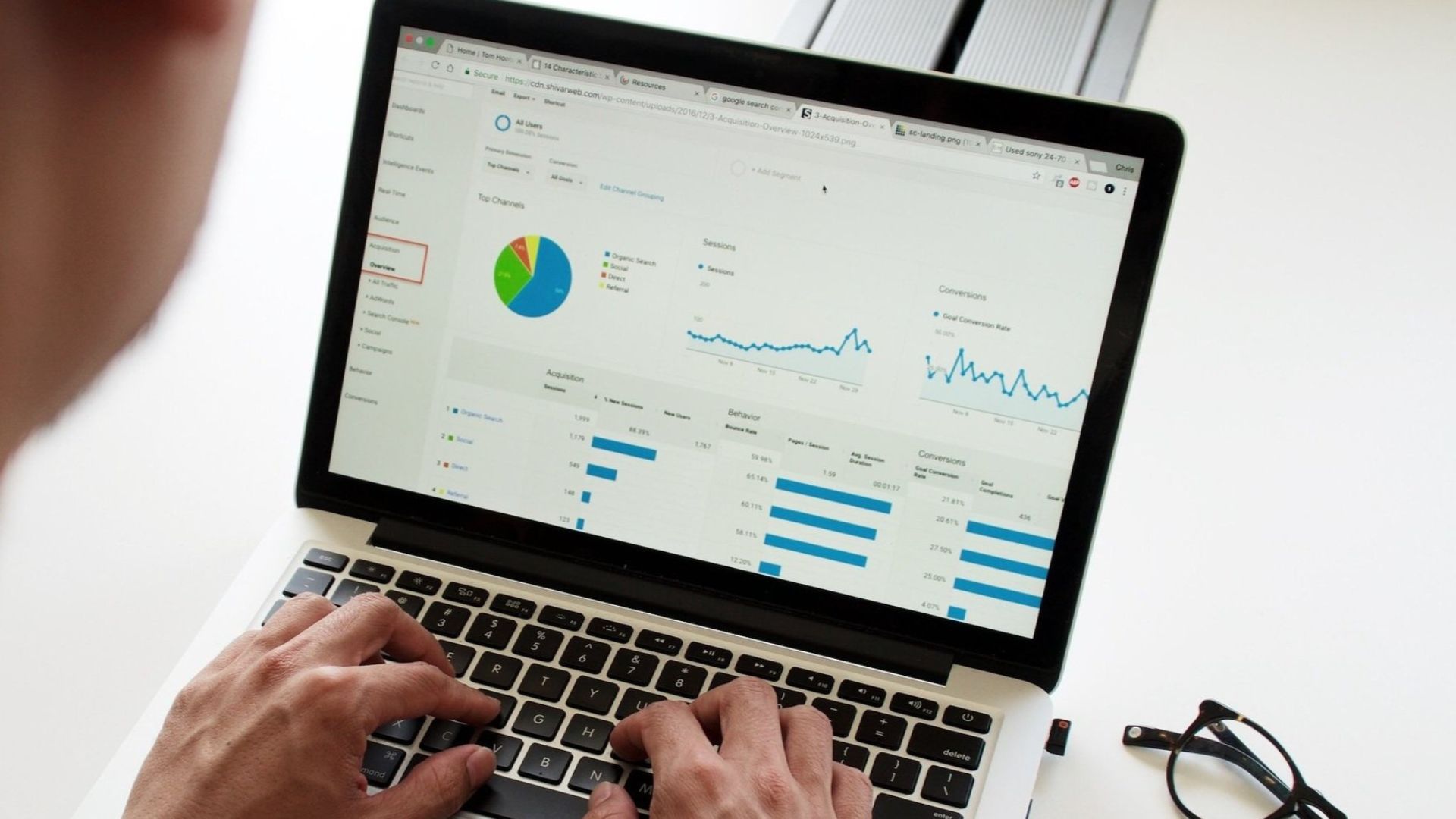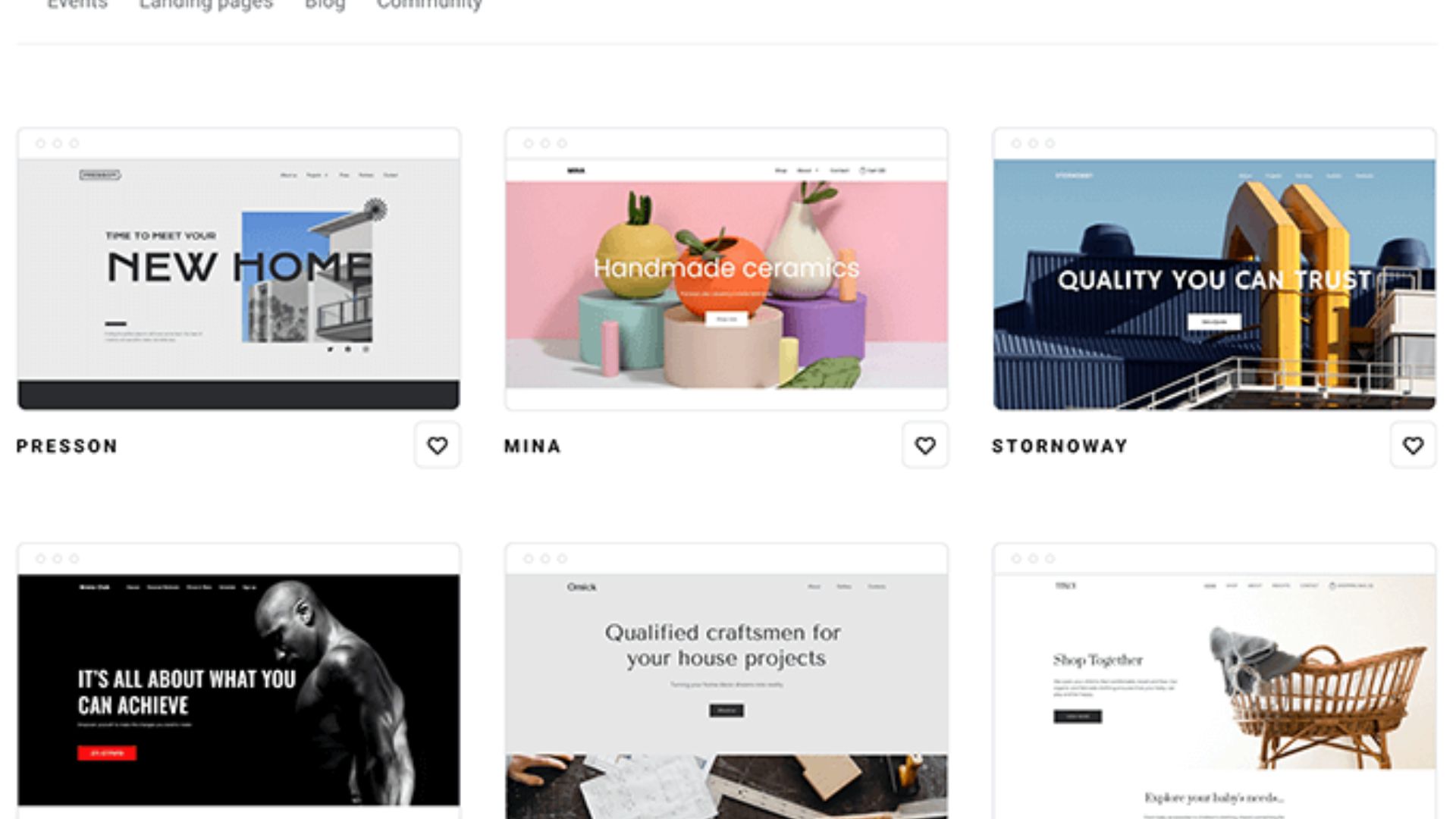Using a website heatmap tool for user behavior analysis provides valuable insights into how visitors interact with your website. Here are some benefits of implementing a website heatmap tool:
- Visual Representation of Clicks and Interactions: Heatmaps visually represent user interactions on your website, showcasing patterns of clicks, taps, mouse movements, and scrolling behavior. This helps you understand which areas and elements of your website are receiving the most engagement and attention, as well as areas that may be overlooked or underutilized.
- Improved User Experience: Heatmaps allow you to identify potential usability issues or bottlenecks on your website. By analyzing where users are clicking or tapping, you can optimize your website design and layout to enhance the user experience. This could involve improving navigation, making important elements more prominent, or streamlining the conversion process.
- Optimization of Call-to-Action (CTA) Placement: Heatmaps help you assess the effectiveness of your calls-to-action by showing how users interact with them. By monitoring user behavior around your CTAs, you can determine if they are prominent and compelling enough, enabling you to optimize their placement, design, and messaging to increase conversions.
- Identification of Content Relevance: Heatmaps provide insights into which parts of your webpages receive the most attention and engagement. By analyzing scroll heatmaps, you can determine if users are viewing all the key content or if certain sections are being overlooked. This helps you gauge the effectiveness and relevance of your content, guiding you in making improvements and optimizing for conversions.
- Validation of Design Decisions: Heatmaps offer objective data that can support or challenge your design decisions. Instead of relying solely on subjective opinions, you can use heatmaps to measure user engagement and interaction with specific design elements or layouts. This allows you to validate your design choices and make data-driven decisions for future iterations.
- A/B Testing Insights: Heatmaps can provide valuable insights for A/B testing experiments. By overlaying heatmaps of different design variations, you can visualize and compare user engagement patterns. These insights help you make informed decisions when testing different design elements or layouts, improving the chances of successful conversions.
- Mobile Optimization: With the increasing use of mobile devices, heatmaps help you understand how visitors interact with your website on different screen sizes. By using device-specific heatmaps, you can optimize your website for mobile users, adapting the layout, navigation, and content to enhance the mobile user experience and increase conversions.
In summary, using a website heatmap tool allows you to gain valuable insights into user behavior, enabling you to improve user experience, optimize calls-to-action, validate design decisions, and make data-driven improvements to your website. By understanding how visitors interact with your site, you can make strategic changes that result in higher engagement, increased conversions, and overall website success.










